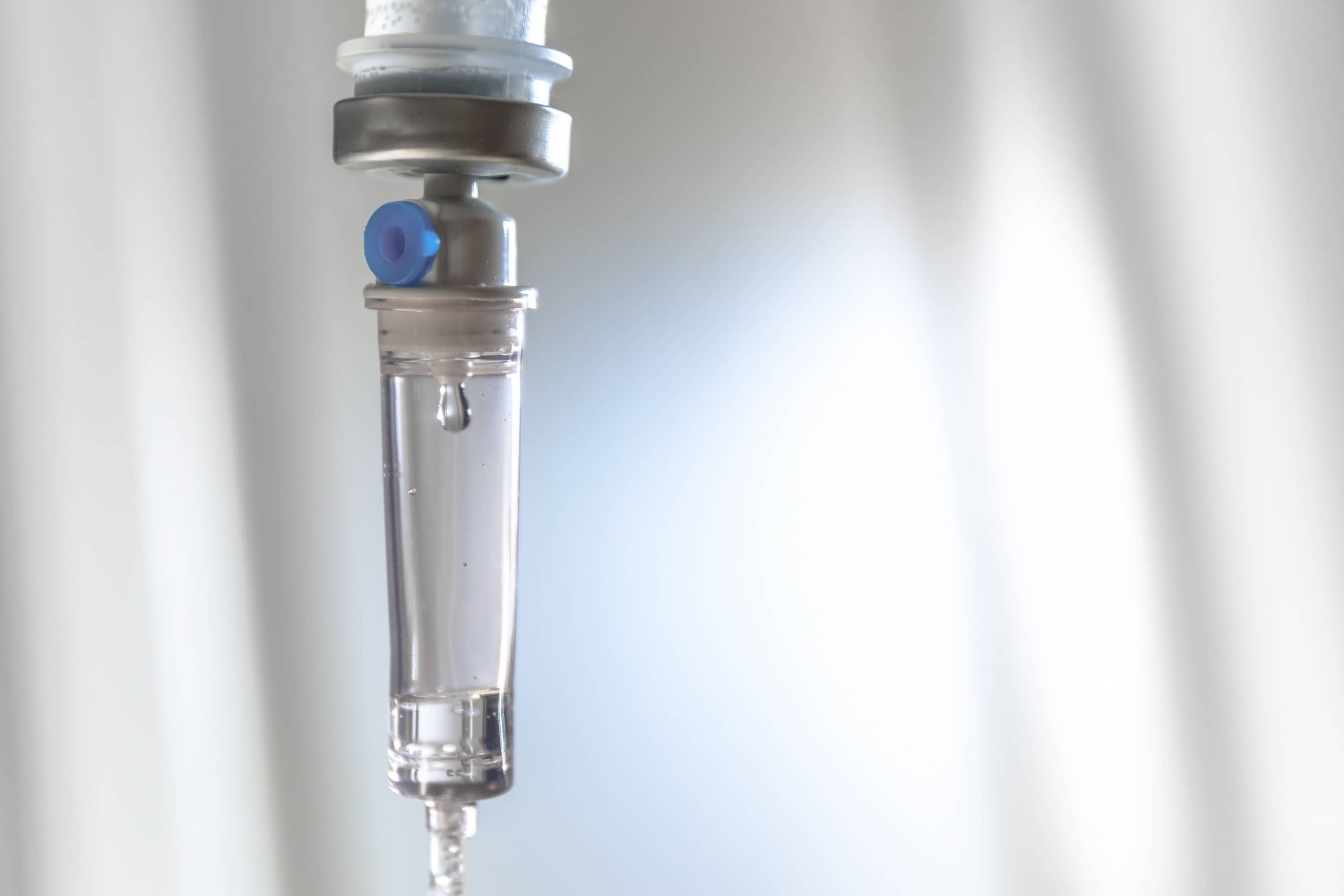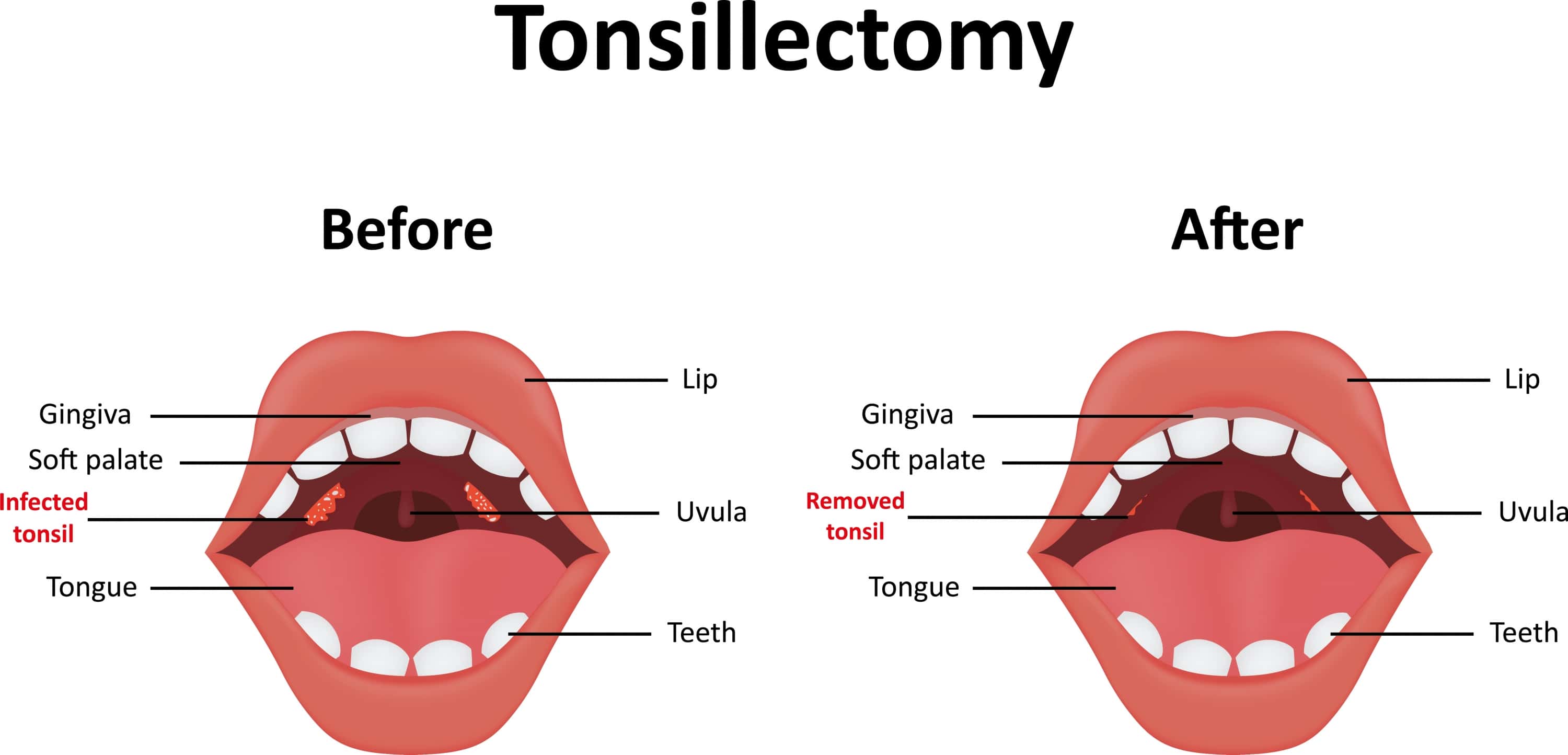
Delirium, a fluctuating state of inattention and disorganized thinking, is often seen in elderly hospitalized patients and the critically ill. It is distinct from emergence delirium, a separate phenomenon seen in young children emerging from anesthesia, which will not be discussed here. Postoperative delirium in the adult population carries a significant burden of morbidity, and its prevention and treatment should be familiar to anesthesia providers.
Identifying patient risk factors is important to stratify who may be at risk for postoperative delirium. Preoperative factors include advanced age, disease severity, previous neurological disease (e.g. Alzheimer’s), preexisting psychiatric disease, and substance abuse. Intraoperative factors include surgical complexity, anesthetic medications and dosages, and large variations in blood pressure, temperature, and hematocrit. Postoperative causes include certain medications (benzodiazepines are notorious for causing delirium), sleep deprivation, immobility, and prolonged ICU and/or mechanical ventilation duration.
Several standardized scoring methods have been validated in both intubated and non-intubated patients, primarily in the ICU, however they are seldom used by practitioners. Among these scoring systems, the confusion assessment method for the ICU (CAM-ICU) and the Intensive Care Delirium Screening Checklist (ICDSC) have been deemed the most valid when compared to the gold standard (DSM-IV criteria).
Anesthesia providers can help prevent postoperative delirium by avoiding benzodiazepines in patients at risk, and using opiates judiciously (though they can cause confusion in elderly or neurologically compromised patients, they can also treat pain, a known trigger of delirium). Dexmedetomidine is a promising agent in delirium prevention, having decreased the incidence of ICU delirium when compared to sedation with propofol or midazolam infusions. A single 0.5mg/kg dose of ketamine has been shown to decrease the incidence of postoperative delirium. Titrating anesthetic dosages according to Bispectral Index (BIS) has also been shown to decrease postoperative delirium.
Prophylactic use of antipsychotic drugs has not been shown to be helpful in delirium prevention. Also lacking evidence of efficacy is the use of cholinesterase inhibitors, arising from the theory that the etiology of delirium lies in acetylcholine deficiency in the brain. Using antipsychotic agents such as haloperidol and seroquel for the treatment of delirium is currently standard of care, but there is little evidence these medications reduce either the duration or severity of symptoms. The atypical antipsychotic olanzapine, on the other hand, has shown some efficacy in decreasing the incidence of delirium. As always, QT monitoring should be observed while administering these medications.
Ultimately, nonpharmacologic measures such as patient reorientation, sleep protocols, and early mobilization are the most inexpensive and lowest risk ways to combat postoperative delirium. Implementing these measures as standard of care for at-risk patients can be an important step to decreasing the incidence and duration of postoperative delirium.
References:
Evans AS, Weiner MM, Arora RC, et al. Current approach to diagnosis and treatment of delirium after cardiac surgery. Annals of Cardiac Anaesthesia. 2016;19(2):328-337. doi:10.4103/0971-9784.179634.
Siddiqi N, Harrison JK, Clegg A, Teale EA, Young J, Taylor J, Simpkins SA. Interventions for preventing delirium in hospitalised non-ICU patients. Cochrane Database of Systematic Reviews 2016, Issue 3. Art. No.: CD005563. DOI: 10.1002/14651858.CD005563.pub3.




